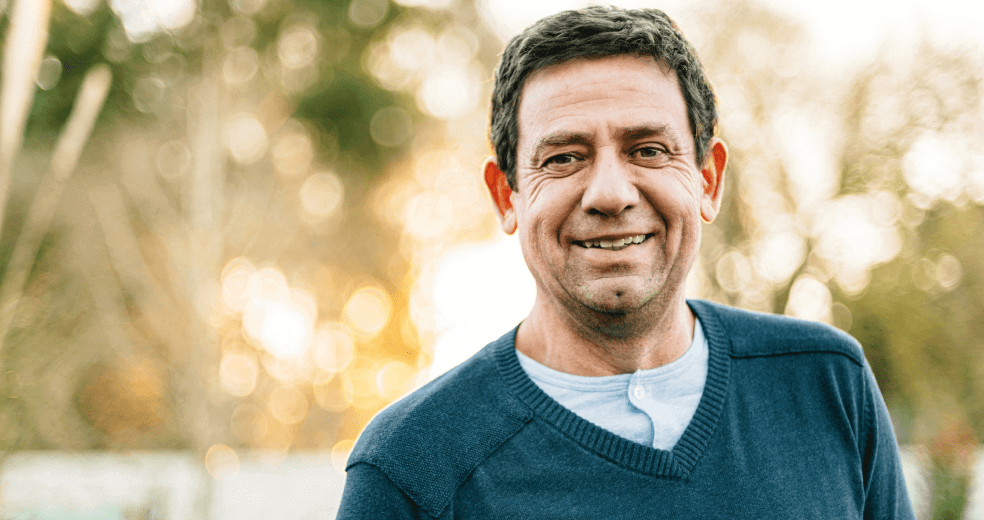How a prostate biopsy is performed?
The prostate biopsy examination involves taking several samples of prostate tissue, which are then examined under a microscope. Samples containing cancer cells are said to be positive, while the others are said to be negative.
Please refer to our What is a prostate biopsy? page for a complete and detailed explanation.
Is a prostate biopsy painful?
Prostate biopsy is a fast recovery procedure. However, during the prostate biopsy, you may feel discomfort rather than pain. Nowadays, innovative techniques like MRI/US fusion technology may allow you to experience less discomfort. With the KOELIS Trinity®, MRI/US fusion prostate biopsies reduce the number of samples due to a more efficient, targeted procedure leading to an accurate diagnosis. Fewer samples mean less pain.
How long does a prostate biopsy take to deliver?
A transrectal or transperineal biopsy procedure can take approximately 30 minutes.
What are the anesthesia requirements during a prostate biopsy with KOELIS Trinity®?
Biopsy procedures can be performed under general or local anaesthesia, for both transrectal and transperineal approaches.
What is “Active Surveillance”?
Active surveillance involves monitoring the tumor and its growth based on a strict schedule of visits with a urologist. During each visit, several tests are performed, including a test to check the prostate-specific antigen (PSA) level in the blood. If there are signs that the disease is progressing, treatment decisions are made.
For more information, please refer to the following page: Active Surveillance
What types of prostate treatments can KOELIS Trinity® be used with?
KOELIS Trinity® assists urologists in performing effective and effortless targeted treatments using the transrectal or transperinealapproach. KOELIS provides a comprehensive tool that will help clinicians optimize their intervention thanks to the precise planning and live guidance of any needle-based prostate cancer therapy technique, such as brachytherapy, IRE, or cryotherapy.
How many procedures have been performed using KOELIS Trinity®?
Approximately 200,000 patients in more than 30 countries have benefited from KOELIS® Technology.
Do I need an MRI?
An MRI may be performed when a suspicious PSA is detected. MRI is required for fusion biopsy and is used to estimate the presence and aggressiveness of cancer through image analysis and to decide whether or not a prostate biopsy is necessary. Your general practitioner will guide you through these steps and advise you whether you should have an MRI or not.
Why is it useful to have an MRI before a prostate biopsy?
From the MRI scan of the prostate, you get your MRI prostate image. Then, a radiologist analyzes the image to determine any areas suspected of having cancer, and a report is provided with all the data from the MRI images.
The biopsy physician, usually a urologist, will then import this MRI image of the prostate into KOELIS Trinity®, and the fusion software will fuse the prostate MRI image with the prostate ultrasound image. The physician will then visualize the MRI data during the biopsy procedure, helping him target the suspected areas.
What is the difference in accuracy between a fusion biopsy and a blind (or routine) biopsy?
KOELIS® fusion biopsy is guided by MRI information under ultrasound examination, allowing accurate targeting and quality control of biopsy cores, whereas routine biopsy does not allow for easy targeting and is performed “blind.”
What are the risks associated with the biopsy procedure?
Prostate biopsy is a routine procedure. For more information, please refer to your practitioner.
I have prostate cancer. Is surgery the best treatment option?
Today, there are several treatment options for prostate cancer. Please discuss these options with your practitioner, who will be able to advise you on the best course of action.
 United States
United States
